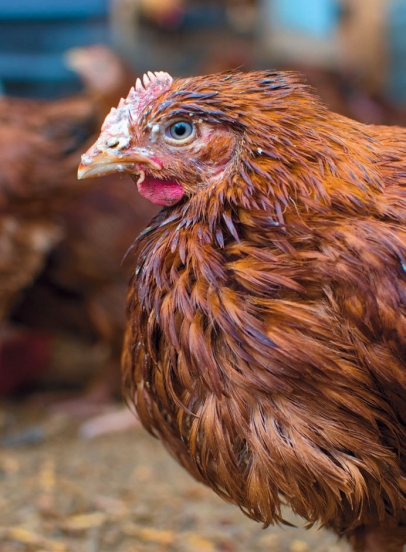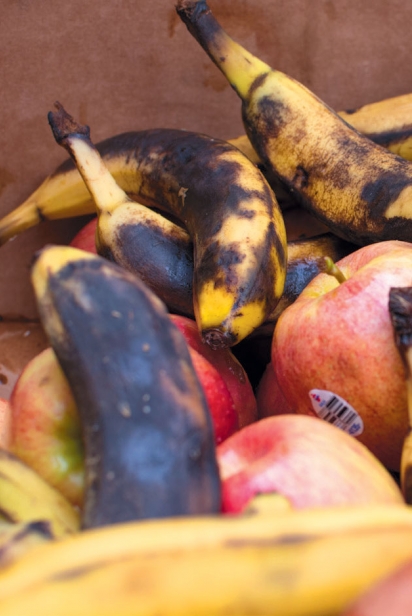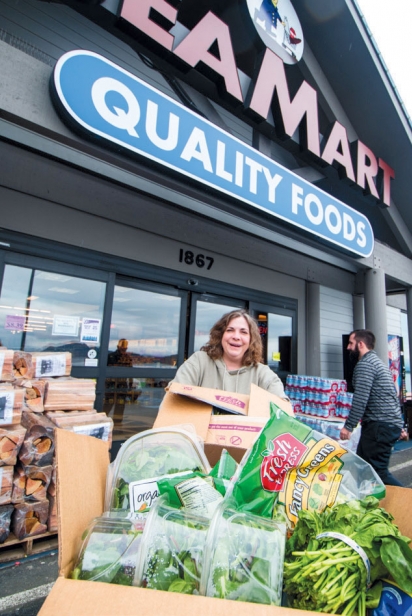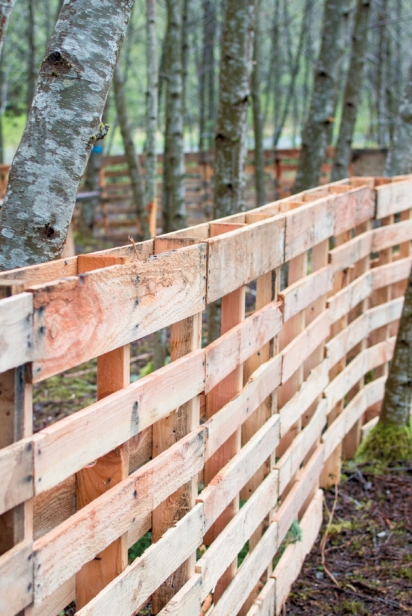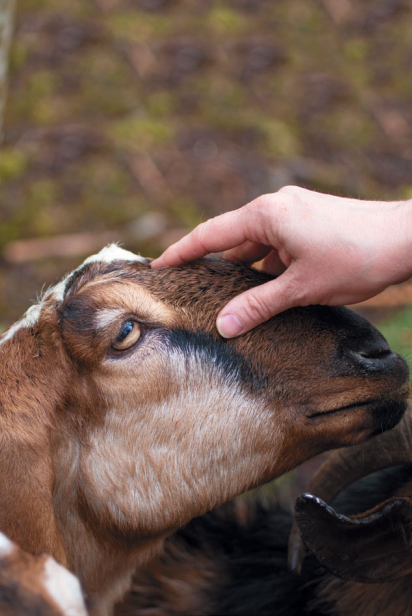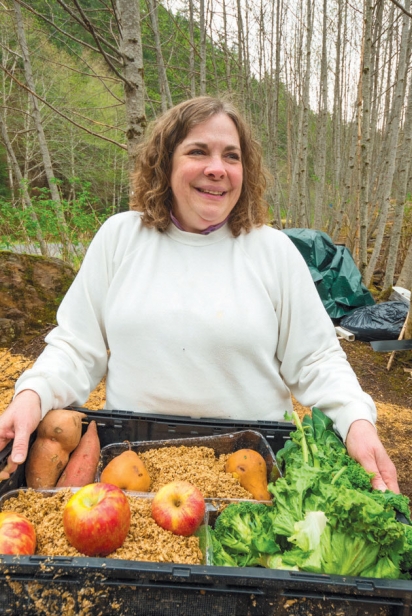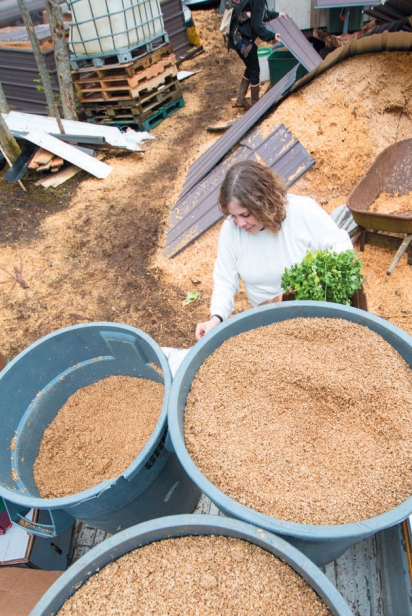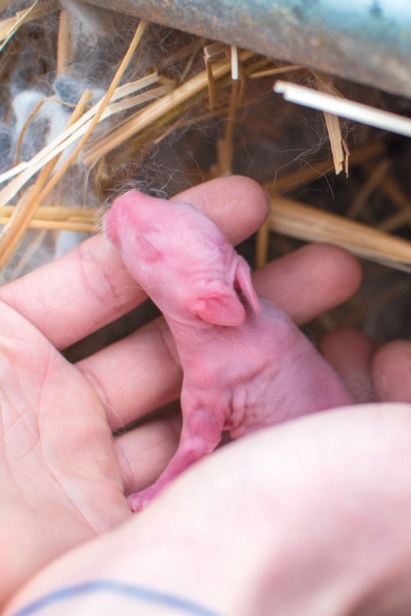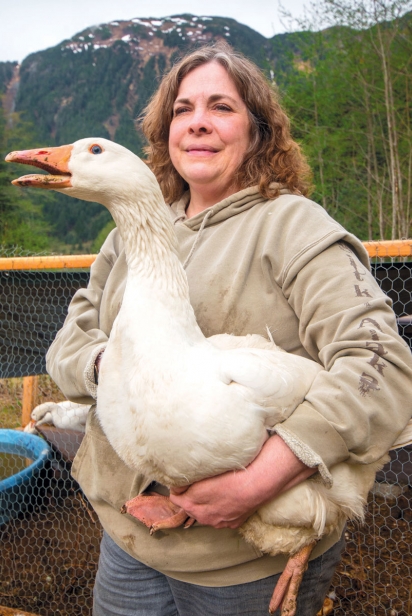The Sawmill Farm
Dumpster Diving with Bobbi Daniels
The US Department of Agriculture estimates that between 30-40% of all food in the United States ends up in landfills. Waste happens at all steps in the process from grower to storage, processor to grocery store, grocery store to consumer, and dinner plate to trash bin. In Alaska, wasting food isn’t just irresponsible, it’s costly.
Sitka is a rural community of nearly ten thousand residents located on Baranof Island. Like the majority of Southeastern communities, Sitka is only accessible by air or by sea. Without an incinerator or local landfill, the community pays a high price to barge its trash to Washington. The City of Sitka estimates that it loads over eight thousand tons onto barges every year. At one hundred and seventy four dollars per ton, that’s nearly one and a half million dollars floating out of town annually. What’s more, the City estimates that almost a quarter of that trash is food waste.
What if we could turn some of that outcast food back into nutrition? Trash into cash? Maybe even, garbage into bacon? Meet Bobbi Daniels.
“All of the produce that can’t be sold, all of the outdated bread, all of the restaurant foods and school food, all of the scraps that are thrown away are barged out of here. It is just that insane. That food that is being thrown away is absolutely perfect food for pigs and poultry,” says Daniels
Bobbi grew up working on farms in Indiana. She has a contagious laugh and a no-nonsense sense of humor to match. She’s persistent, driven and at ease with dirt under her nails and manure underfoot. Every morning, she hops into her truck to make the rounds. Starting at Sea Mart Quality Foods, Bobbi winds through town, stopping at schools and businesses to relieve them of their most nutritious garbage. At Baranof Island Brewing Co. she helps heave 500-pound bins of spent grains on board. Once the truck is brimming with waste Daniels heads south. It’s time to feed the beasts.
Beside Silver Bay, in the company of mountains and off the paved road is Sitka’s furthermost address—the Sawmill Farm. Here on 1.3 acres of land, Daniels rears ducks, geese, quail, broiler chickens, turkeys, meat rabbits, egg-laying chickens, goats, and pigs. After pulling in, she sorts through the truck bed, parsing out troughs of food while being careful to balance the animals’ diets. Heaps of cottage cheese and yogurt are plopped onto piles of spent brewery grains and lowered into an eager riot of chickens. She dishes out collard greens, apples, spinach and cilantro to the rabbits.
Occasionally, the Sawmill Farm supplements with traditional feed, but the great majority of these animals’ diets is taken directly out of Sitka’s waste stream. Given the extremely high cost of barging heavy hay and grain into rural Alaska, identifying this local food source was a watershed moment. “If that food goes away, we go away. The only thing that makes this feasible is that outcast food stream,” says Daniels. With the addition of a pasteurization system to treat plated food, Daniels will soon be able to incorporate restaurant and school waste into the rotation. Also, she has summer plans to ramp up the amount of town landscape waste she dishes out to her goats and rabbits.
“Boy, when I open up a dumpster in this town and there is a bunch of grass clippings in there, it just hurts my heart because that’s being barged out of here as expensive garbage and we can be raising our own food on it,” says Daniels.
Bobbi Daniels is more than Sitka’s favorite dumpster diver. With the support of her community, she is breaking new ground, responding to a broken system and producing top-quality meat, milk and eggs in impressive quantities. “We have six hundred chickens and we should be butchering at least two hundred meat chickens every four weeks for the rest of the year,” says Daniels. “We intend to sell at least eight hundred rabbits by the end of the year, too. We have six goats to milk, two are due to deliver baby goats any moment.”
By summer, eggs can be purchased in local shops, and by autumn people who purchase pig-shares can stock their fridge with locally smoked bacon. Restaurants as far away as Juneau are pre-purchasing meat from Bobbi and even if you never buy a single product from the Sawmill Farm, she’s still helping reduce the waste stream and saving money for the entire community.
Getting to this point hasn’t been a walk in the park. After identifying an affordable food source for her livestock, she spent years hunting for appropriate land. In February of this year, she acquired her current lot on lease from the City and is still in the process of moving her livestock from temporary homes in yards scattered throughout Sitka. She is constantly troubleshooting. Along the way, she’s learned how to navigate complex state and federal regulations, stay ahead of hoof rot, stave off hungry bears, and mitigate against a long list of other Alaskan predators—ravens and politicians being the trickiest.
“In other parts of the country where agriculture is more mainstream, all those challenges you are going to face, somebody else has conquered generations ago. All you have to do is ask somebody. Here, we’ve got nobody to ask. We are breaking new ground and there is a lot of trial and error,” says Daniels. “There’s a reason why we don’t have many farms in Southeast Alaska. You have to want it pretty bad.”
Daniels wants it bad and she’s collaborating with a burgeoning group of farmers across Alaska who want it too. As she grows her local knowledge, Daniels regularly shares best practices with other producers in the region. Advice and encouragement aren’t all the group shares.
“I’m getting ready to ship three rabbits to Petersburg to be bred,” says Daniels. “Just maintaining a deep gene pool with enough diversity is super expensive. The farms in the Southeast, now that there are more of us, are starting to work together. But still, nobody in the lower forty-eight has to deal with shipping rabbits and goats on a float plane,” Daniels laughs.
The local opportunity is huge for Sitka, but the benefits permeate across the state. Animals, resources, and trade secrets are circulating throughout Alaska. Sitka isn’t the only community that pays top-dollar to barge perfectly nutritious food waste to landfills in the lower forty-eight. “Even if every single thing we produce was sold here in Sitka we could never satisfy demand, and just about every place in Southeast Alaska has this same waste issue. Our goal is to support equivalent farms all over Southeast Alaska. Juneau can be raising its own livestock and same with Ketchikan and a bunch of the smaller villages. This plan works pretty much at any volume level,” says Daniels.
Daniels built her farm around trash. Her animals eat cast-off food and she’s been thinking about waste on the other end, too. “We have found a potential market for everything that is going to be a waste product from us except the feathers. That’s the only thing we end up composting. Of course, the compost has a commercial value too.”
She hopes that the Sawmill Farm will catalyze complementary spin-off businesses. Rabbit and chicken innards make good crab bait and she’ll have plenty of chicken feet that can be boiled into stock. Other byproducts would make gourmet pet food and she anticipates producing a hundred rabbit hides each month. “We just don’t have the time, the Sawmill Farm is maxed out. But what we are doing is creating opportunities for other businesses to start up.” While she hates to admit it, Bobbi Daniels is an innovator. She’s turning trash into treasure and she’s urging others across Alaska to do the same.


